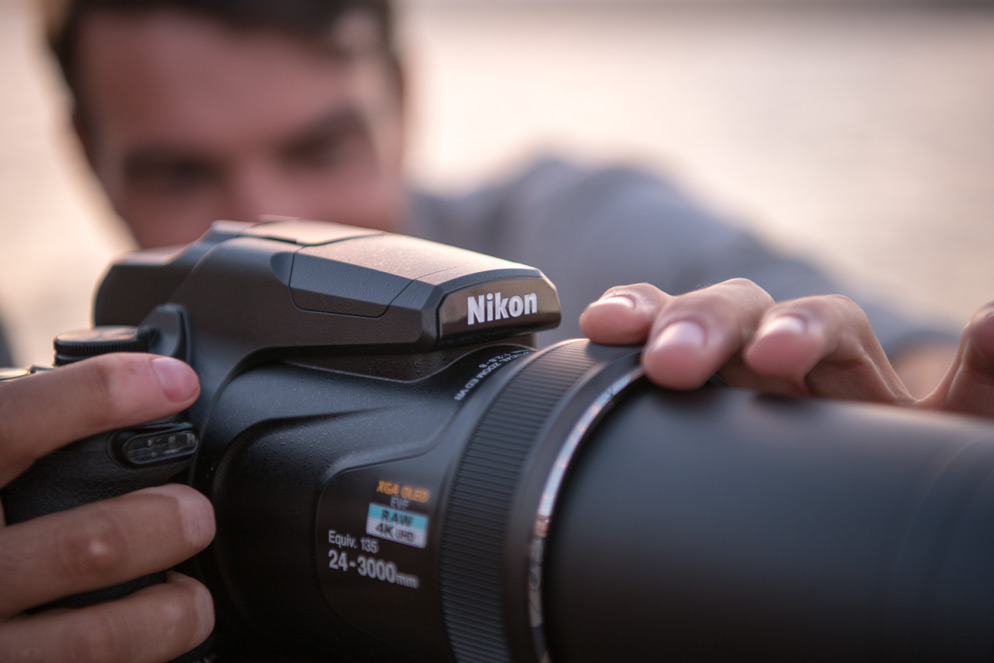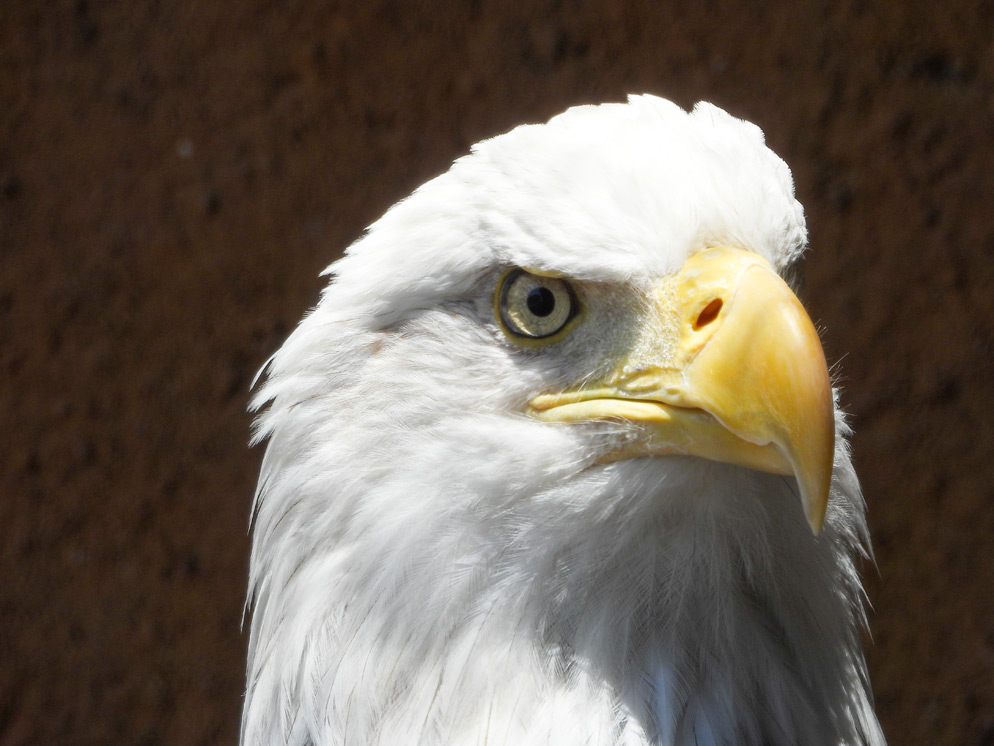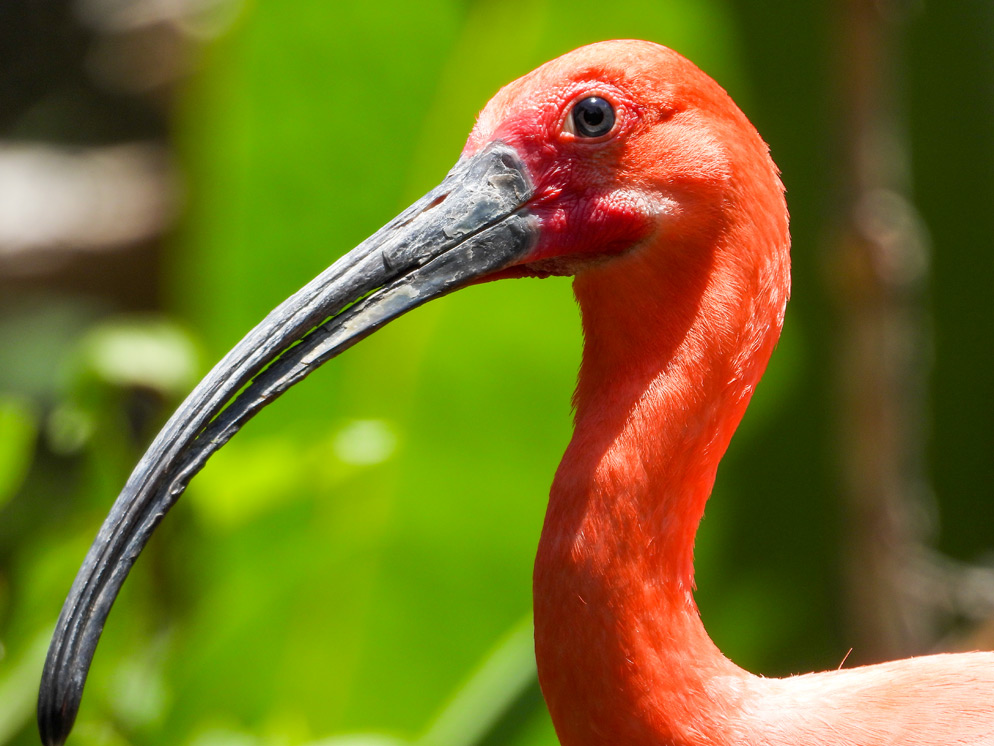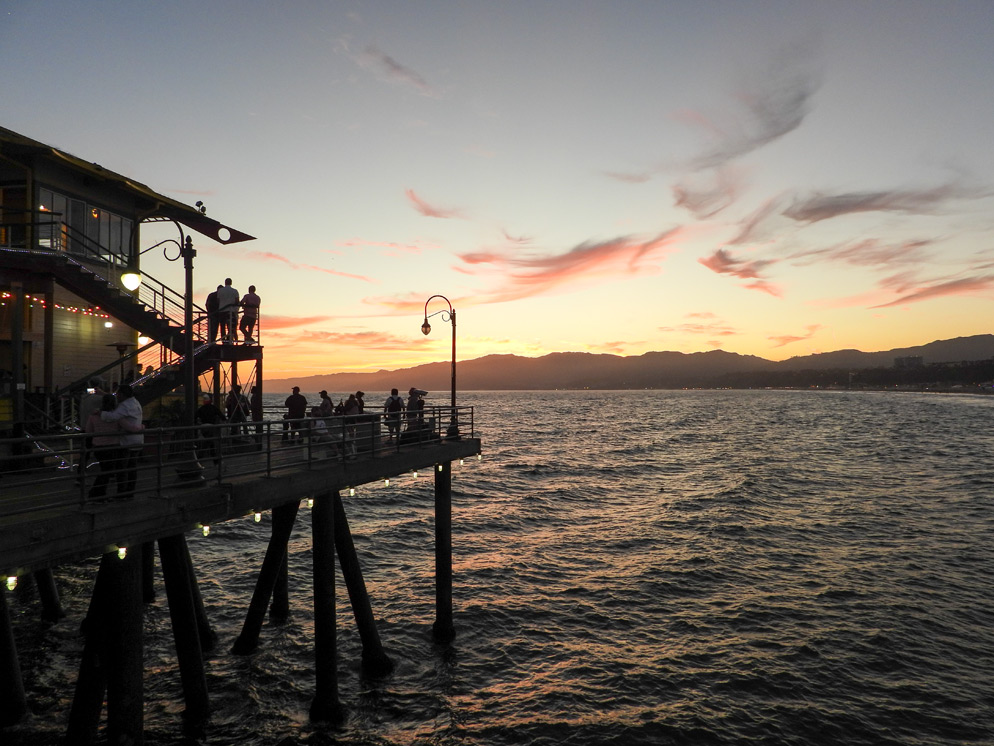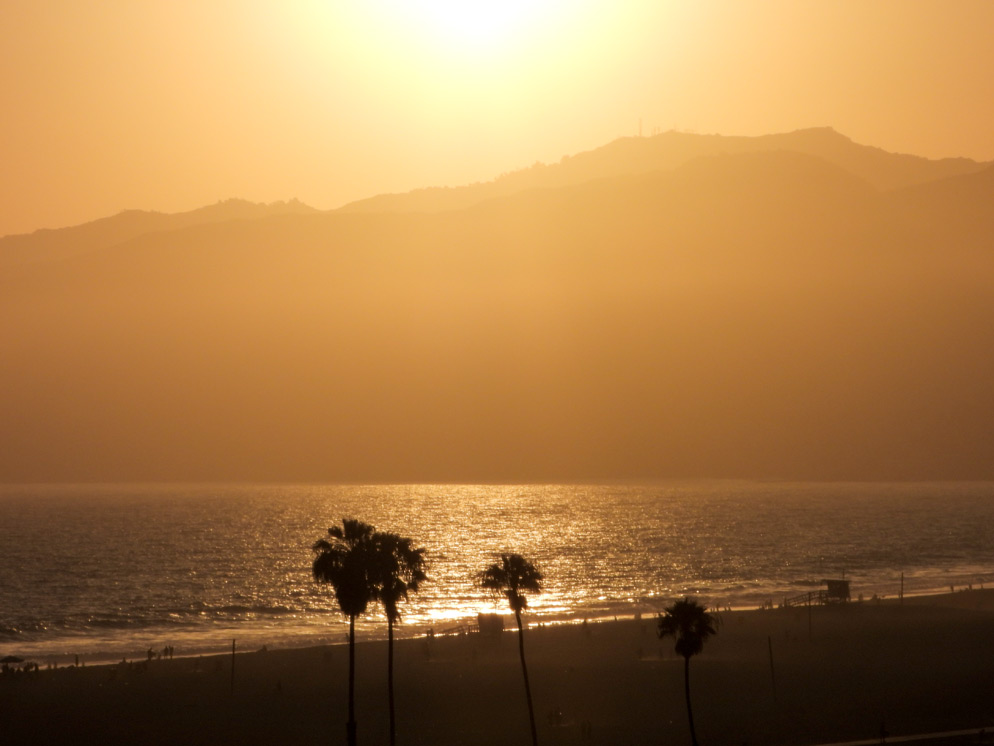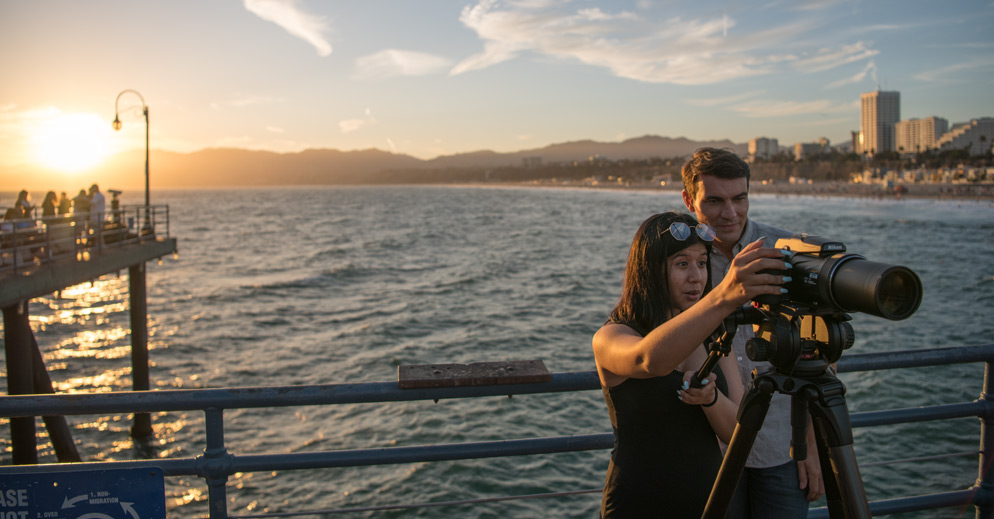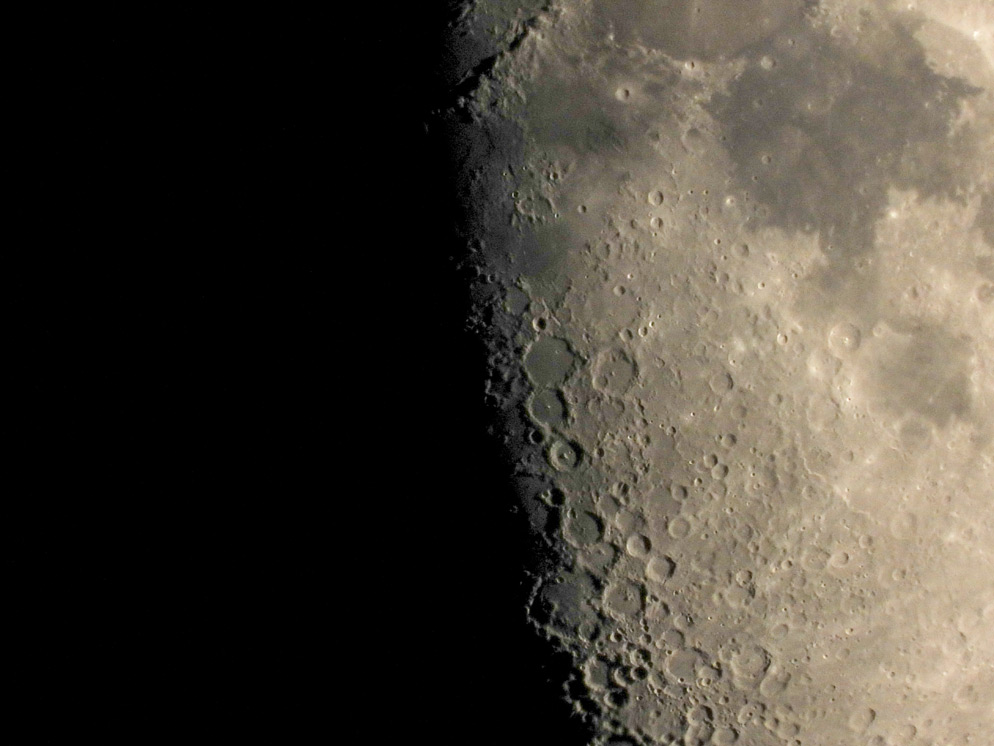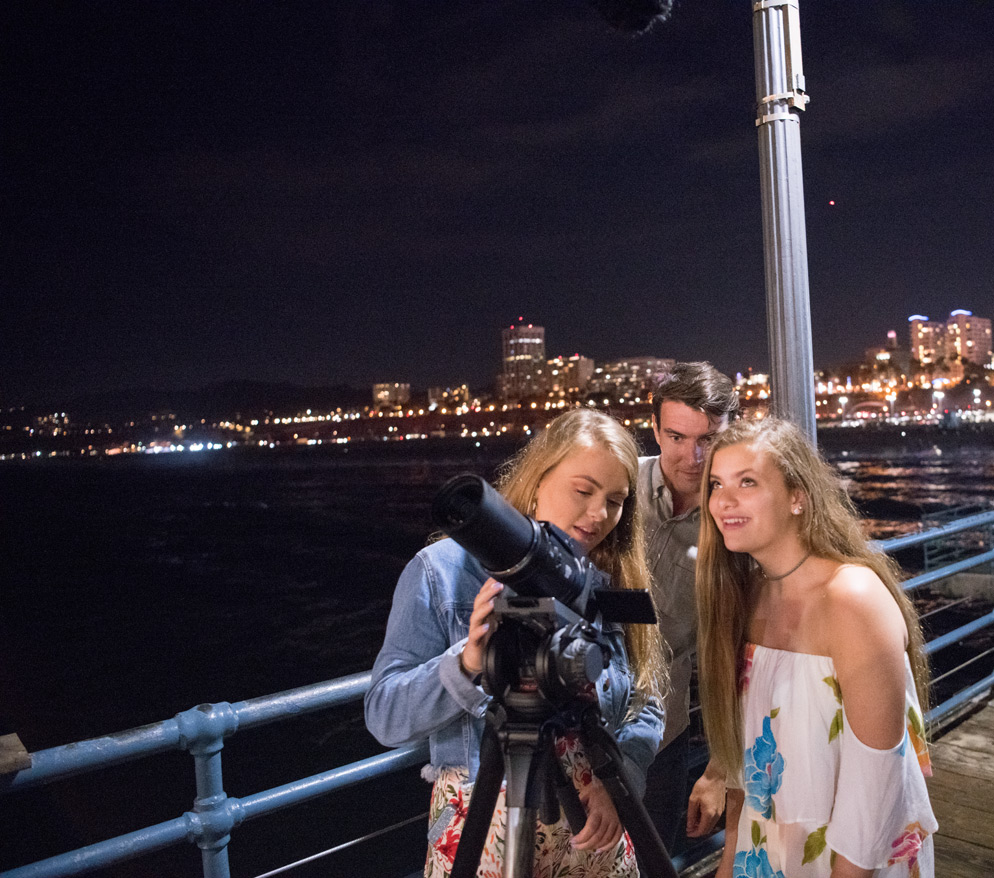Think You've Seen It All? Take a Look Through the Lens of a COOLPIX P1000
(and do you mind if we record your comments?)
See Much Further - See ordinary folks discover what they can see through the lens of the COOLPIX P1000.
Want to see the world in a new way? We've got the camera for you.
If you've seen the See Much Further video—and if you haven’t, please stop reading now and check it out—you've heard the comments of the folks on the streets of Los Angeles who realized what they could see through the lens of a COOLPIX P1000.
We were thrilled by their reactions as they saw the world in a way they never expected to—which is exactly what we intended with the P1000 and its extraordinary lens that is equivalent to a 24-3000mm in the 35mm format.
Through that lens the distant moon becomes an accessible landscape; closer to home, the familiar becomes a surprise and a delight.
COOLPIX P1000.
Behind the Scenes
The P1000 video was made by Alex Gorosh and Wylie Overstreet—Alex is the man behind the camera; Wylie, the host on the street. We met up with them when we saw their video, A New View of the Moon, in which Wylie set up his Skywatcher Newtonian telescope in Los Angeles and Alex recorded the results as passersby got a spectacular view of the night sky
"I'd recently acquired this rather large telescope," Wylie says, "and I'd take it out to the Mojave or a 'dark sky' site, but I never took it outside where I live." So, thinking that there was plenty to see in Los Angeles, he wheeled the 'scope out to the street and set it up. "It took maybe 90 seconds until the first person walked up and asked what it was."
The idea for a video came quickly. "The people looking through the telescope were very different in every way, but their reactions were the same. I thought, If I can get a series of great reactions and edit them together in a nice montage with the right music, it could make a powerful video."
He e-mailed Alex, his creative partner, and soon they were shooting around Los Angeles. A New View of the Moon was the result. And when we saw it, we thought, Wait a minute—we've got this amazing COOLPIX with the reach of a super telephoto lens...
You can guess the rest.
Sunset at the Santa Monica Pier. "I think the way that camera handles color is pretty spectacular," Alex says. COOLPIX P1000 lens at 24mm (35mm equivalent), 1/50 second, f/2.8, program exposure, Matrix metering.
Santa Monica in the foreground, Malibu in the background in this sunset image taken from Palisades Park. "This is a great image to showcase the camera's color reproduction," Alex says. "It's not just for zooming." COOLPIX P1000 lens at 215mm (35mm equivalent), 1/3200 second, f/8, ISO 100, manual exposure, Matrix metering.
Location is Everything
"Basically, the P1000 is an extremely compact telescope that takes photos," Alex says. "People were amazed at what they were able to see, especially because it goes beyond the limits of the naked eye and then some. It blew people's minds in a way I certainly didn't expect."
The mind-blown people were recorded by Alex shooting video with a D850 in LA locations strategically selected to optimize the chances of success. "We chose places where we knew we'd find wannabe actor-types or tourists, both of which we assumed would be more than happy to be part of our project." So the Santa Monica Pier, Runyon Canyon Park, Palisades Park and the Santa Ana Zoo were the sites where people were willing to participate "either for a little bit of screen time, or just for a fun experience during their vacations."
They were certainly places where people were used to seeing cameras—but Alex and Wylie thought that might be a bit of a disadvantage. "With the telescope project people weren't used to seeing a telescope," Alex says, "so they would naturally come up and ask us what we were doing. In this case we had to be a little more proactive about reaching out to people and saying, 'Hey, want to check out this new Nikon camera?' But it didn't take much; people were certainly interested."
Shooting at sunset at the Santa Monica Pier.
"There's something sort of innate about wanting to see something close up," Wylie says, "and that's one of the reasons why the P1000 is such a cool camera. People just started walking up."
The rest was easy. "We just said, 'Here's the zoom button, have at it,'" Alex says. "We wanted to see their genuine response to the camera's zoom. I was amazed at how emotional people got at what they were seeing."
"What was happening during the shoot was similar to the moon video," Wylie says. "Onlookers would see other people's reactions and think, Okay, now I really have to see what this is all about. That would get us a crowd pretty quickly."
After the responses, there were questions. "Wylie and I were very familiar with the camera," Alex says, "not only for the questions people asked—the features and the specs—but also to be sure the shoot went smoothly. If someone wasn't able to, say, lock focus on a certain object, it wouldn't have been the experience it was, so we wanted to be sure we were very aware of how the camera worked."
The number one question? "There were only a handful of people who didn't ask the price," Alex says. "And [those who asked] were just as surprised by that as by anything else. They were like, 'A thousand dollars? That's it?'"
Wylie sets up the camera for a Santa Monica Zoo visitor who's about to experience the P1000 long-ranger zoom. "We weren't a large crew," Alex says, "but it was enough so that when people would walk by they were curious about what we were doing."
The Big Reveals
The video begins with two shots designed to get your attention. This is Hollywood, after all—you would expect less?
Alex shot the opening zoom—Wylie receding into the distance—using the P1000's video function. "The problem was communication," Alex says. "We chose two points an impressive distance away from each other to show the awesome power of the zoom, and Wylie and our audio recorder took a hike from our base camp. But in that park there was no cell service, so we weren't able to talk to each other while we were shooting. But we had signals, so although I wasn't able to tell when he was done speaking, I could tell when he turned around, and that was when I was supposed to zoom out."
Then there's the P1000 video zoom-in on the Hollywood sign. "That was important because it's something that everyone knows what it looks like, but when you're able to look really really close at some of the details, it changes your perception of it."
And that's the most important reveal. The responses—"Oh, my gosh!" and "That's incredible" and "I never saw anything like that before" and "That's insane!"—are about more than this camera. They're about what photography can do. A camera—and maybe especially this one—is both invitation and access to seeing, to noticing in a new way something you think you're very familiar with—often so familiar you don't really see it at all.
So we ask again: Want to see the world in a new way? We've got the camera for seeing farther...and further.
The camera's digital zoom mode captured this image of the moon. "The digital zoom expanded the reach of what we could surprise people with," Alex says. "The zoom would keep going to the end of the optical zoom—which was surprising enough—then into [Dynamic Fine Zoom and] digital zoom and people's jaws were dropping even wider." P1000 lens at 4800mm (35mm equivalent), 1/320 second, f/8, ISO 100, manual exposure, center-weighted metering.
If the camera's angled up, it's a moon shot. "The camera was able to rock people's worlds," Alex says. "It's pretty impressive standing on the Santa Monica Pier and taking a close-up picture of the moon."

